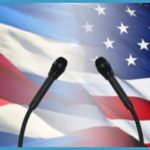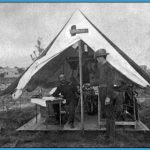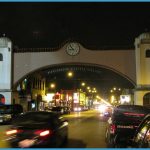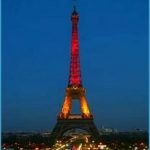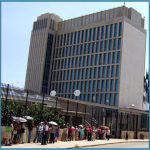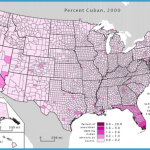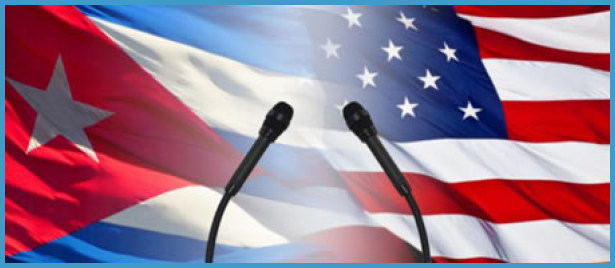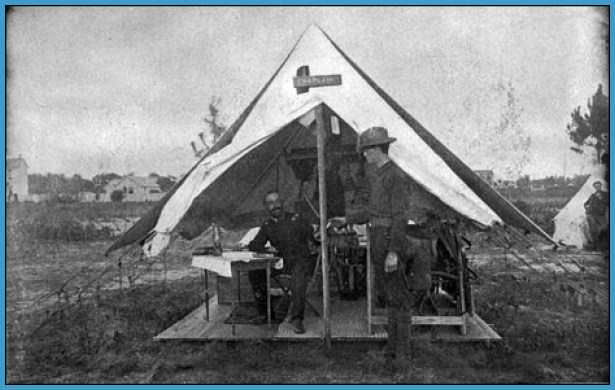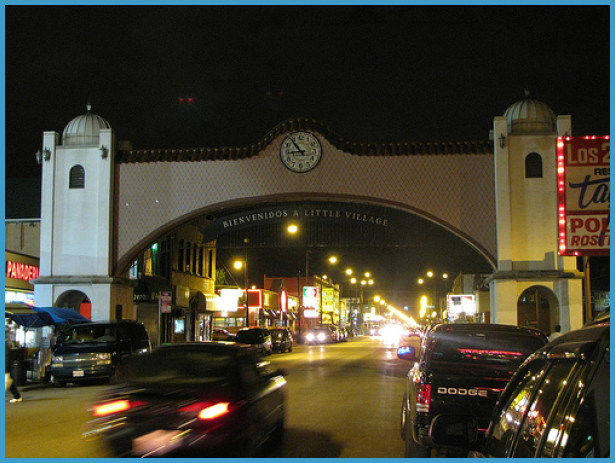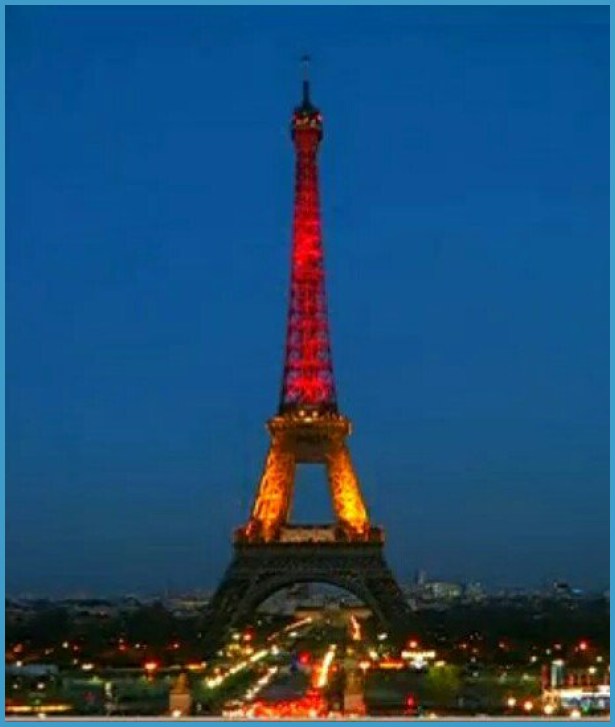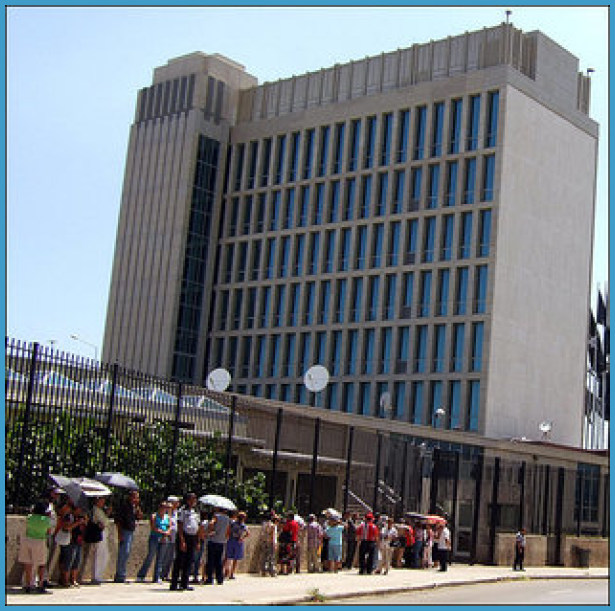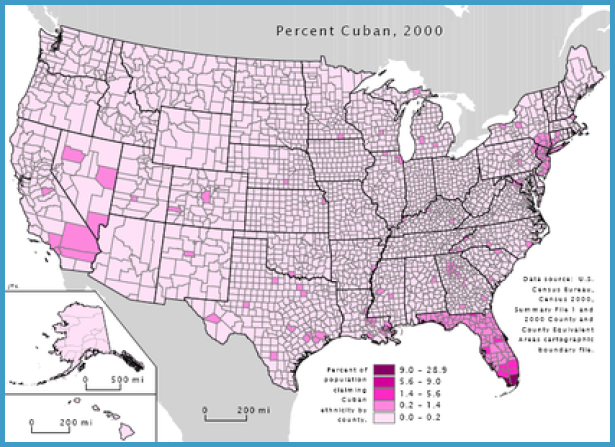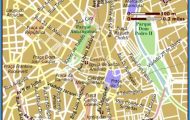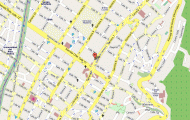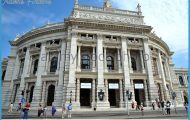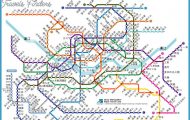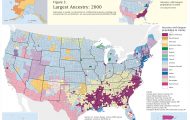The history of Cubans in Illinois is poorly documented. Because of historical and geographical circumstances, Cubans represent a much smaller percentage of Latinos in Illinois. After Fidel Castro’s coup in 1959, Chicago began to see its first significant influx of Cubans, composed of refugees, most of whom were professionals or paraprofessionals.
Cubans faced a different issue with their homeland than did Mexicans or Puerto Ricans: chances were that they would not be returning to Cuba because of the political situation there, whereas Puerto Ricans and Mexicans had the option to go back to their respective home countries. However, most in the latter group would probably not opt to return to their homeland.61
Over 1 million Cubans have entered the United States since the Cuban Revolution of 1959. The port of entry for Cubans has always been Florida. Cuba is located about 90 miles southeast of the tip of Florida, and refugees still attempt to enter the United States through the Atlantic waters. Puerto Ricans and Cubans have been settling in the mainland United States for centuries.
Unlike Mexican and Puerto Rican migration, Cuban migration involved noncitizen island-dwellers.62 Cubans began to arrive in Chicago in the 1950s. Some came because of economic opportunities, but most were political refugees. Although some Cubans returned to the island after the Cuban Revolution in 1959, the majority stayed. Approximately 2,500 Cubans were living in Chicago in 1960. Between 1960 and 1973, approximately 20,000 Cubans arrived in the Chicago area. Many emigrated from Cuba because they opposed the Castro government.63
There were several waves of migration from Cuba. The first wave consisted largely of professionals. Doctors, engineers, teachers, and dentists were among this group. The second wave, which was referred to as the freedom flights, allowed Cubans to reunite with their families in the United States. The third wave, known as the Mariel boatlift, arrived in 1980. This group was mainly made of young single men, poor and of color, who did not have any family in Chicago. The most recent wave, in the 1990s, consisted of the boat people, or balseros. Most of these people, found by U.S. Coast Guard ships, were also poor. By the end of 1996 about 2,000 balseros had settled in the Chicago area, many of whom having been relocated to the city by Catholic charities.64
Unlike the Cuban migrants of the 1960s and the 1970s who entered the United States as political refugees, the Cubans forming the last several waves left for economic reasons. Since the 1980s, Cubans coming to Chicago have been younger and less educated. Cubans entering the United States after 1994 fall under revised U.S. immigration laws, that changed Cuban migrants’ refugee status from political to economic. This new legal status in the United States meant that Cuban refugees received fewer benefits and support from the government.65
The majority of Cubans in the Chicago area live in Cook, DuPage, Kane, and Lake counties. Cubans are the largest Spanish-speaking group to migrate to the suburbs of Chicago and live in various Chicago neighborhoods, such as Albany Park and Logan Square.66 Chicago Cubans are more apt to be business owners than other Latino groups, and Cuban women have a higher rate of participation in the labor force, with many of them in nontraditional careers such as dentistry and medicine.67

